Have you heard about “No Mow May?” Many people have committed to not mowing their yards in May, allowing flowering plants to grow to help provide food for pollinators. Before you stow away your mower for May, let’s look at what options you can take to help pollinators this Spring.
Do pollinators benefit from my unmowed lawn? Sometimes – it depends on your lawn. Lawns that consist solely of turfgrass provide little to no resources for pollinators. However, lawns that also contain low growing flowering plants, such as dandelions, can provide nectar and pollen to a wide range of pollinators. Lawns that are mowed higher (more than 3”) and less often tend to have more flowering plants, supporting a greater diversity of pollinators and other insects. However, if you let your lawn go unmowed and then mow more than one-third of the height at once, this can be stressful to both the turfgrass plants and the mower. For more information about how to take care of your lawn, see our Extension publication about lawn maintenance. For the complete resource go to: https://hort.extension.wisc.edu/articles/whats-the-deal-with-no-mow-may/
0 Comments
Kevin Schoessow, University of Wisconsin Extension Area Agriculture Development Educator for Burnett, Sawyer and Washburn Counties has been getting many questions about rodent damage. Here's his advice. Question: Because the snow was so deep this year, rodents were able to chew the bark from the trunks of our fruit trees. Is there any way the trees can survive this amount of damage? Response: Rest assured you are not the only person with this frustrating problem. If the girdling is more than 2/3 of the way around the tree trunk, there is little chance the tree will survive if nothing is done. This rodent damage removes the cambium tissue (new bark) layer which is responsible for moving nutrients and water from the roots to the buds. With this disruption in the trees ‘plumbing’ there is no way to keep buds and branches alive. Where there is partial girdling, there is a chance that part of the tree will remain alive, but the tree parts above girdled area will eventually die.
About the only hope to save or replace the missing bark and re-plumb the tree is to do a tree grafting technique called the bridge graft. This involves harvesting a one-two year old scion twig from the same tree or another apple tree and using this twig as a means to transfer nutrients and water. The twig must be long enough to bridge the gap from the base of the tree to above the girdled area. The twig is cut to a point on both ends and then inserted under the new bark at the base of the tree and above the wound. Several twigs are used, with a twig placed every inch and a half or so. This scion twig is then nailed into position with a small finish nail, then sealed with wax or pruning seal and perhaps some tape as well. The wounded area is left as is as there is no need to put a wound sealer over that. If the graft union is successful nutrients and water flow through the grafted scion twigs and feed the upper portions of the tree. Here is an article with some good pictures showing this process. https://www.matsumastergardeners.com/uploads/2/7/3/9/2739768/special_edition_2012_update.pdf Right now is the perfect time to do this! While twigs are still dormant. Here are additional resources
Pruning Practices Much of the damage can be mitigated by using standard pruning practices. Obviously damaged limbs or trees should be removed. Brian Hudelson, UW-Plant Disease Diagnostic Clinic provides advice on those practices. Late winter is an excellent time to prune since it is easier to see where to cut and to reduce the chance of diseases. Hudelson writes: “Check out Wisconsin Garden Facts XHT1013 (Pruning Evergreens), XHT1014 (Pruning Deciduous Trees) and XHT1015 (Pruning Deciduous Shrubs) for pointers on how to prune. Prune only when it’s dry and decontaminate pruning tools between cuts (or at a minimum between each tree or shrub) by treating them with 70% alcohol (e.g., rubbing alcohol right out of the bottle, spray disinfectants containing ~70% alcohol) or (in a pinch) 10% bleach. Decontaminating tools kills off disease-causing organisms that you might pick up as you prune. Once done pruning, if you’ve used bleach, be sure to thoroughly rinse your tools, and oil them to prevent them from rusting.” Kevin Schoessow, UW Extension Area Agriculture Development Educator for Burnett, Sawyer and Washburn Counties, has been getting questions about tree wound sealants. He does not recommend applying anything including a wound sealer to the damaged area. "Just let it be. The surface may bleed sap but overtime it will dry and the callus formation and compartmentalization will follow (may take several years). The only time a wound sealant is recommended is on pruning cuts or injuries to oak trees (red, pin, black) during the growing season. The reason is to provide a physical barrier to reduce the spread of oak wilt by sap feeding beetles." Below is a link to an article that you may find reassuring. The second page discusses Care for Tree Wounds. https://extension.tennessee.edu/publications/Documents/SP683.pdf This one from University of Illinois is a good read too. https://extension.illinois.edu/blogs/good-growing/2020-09-02-should-we-paint-tree-wounds Bent Trees There are many trees and large shrubs that have bent over, many with tips frozen in the snow. Shrubs can be pruned, but what to do about trees? Paul Cigan advised: “Many birch and aspen, but not all, have significantly straightened since December. Some will suffer a permanent lean. If a tree has over 30% lean following spring thaw, it will likely suffer from permanent bending. I would recommend waiting until consistently warm weather above freezing to determine if a given tree should be cut based on non-correctable lean.” Oak Trees According to Paul Cigan, Forest Health Specialist with Wisconsin DNR, it’s important to avoid any cutting or injury to oaks after March and through the end of July. Broken limbs and broken stems should be cut prior to April. A pruning sealer is not recommended unless the cuts will occur after March. More information is available on the DNR website: www.dnr.wisconsin.gov/topic/foresthealth/oakwilt and this article on storm damage: https://forestrynews.blogs.govdelivery.com/2022/05/12/spring-cleaning-storm-damage-cleanup-brings-oak-wilt-risk/ Spruce and Pine If a spruce or pine has the top broken off, will it continue to grow? According to Paul Cigan: “Many spruce and pine with broken terminal leaders can be nursed and kept growing well in the long term by cutting off all but one of the lateral branches. Selection of the strongest lateral branch should be made. Over time, the remaining lateral branch will grow upward and assume the main leader position. The tree will show a signature of the lost limb for decades or permanently, but it can still provide ecological and economic services to the property.” Tree Debris Already those limbs that broke are starting to show through the melting snow. That debris can be turned into opportunity by leaving some to decompose in a natural woodland edge. Chipping the limbs and using as mulch in planting beds or at the woodland edge is an excellent use of the material. It is beneficial for the woodland habitat. Wisconsin DNR provides advice to wood lot owners in this online article: https://dnr.wisconsin.gov/topic/forestlandowners/stormrecovery/firsts
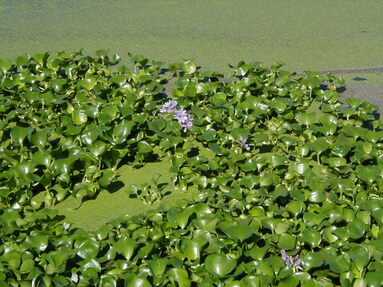 Photo credit: Wisconsin AIS Partnership Water hyacinths, free-floating aquatic invasive plants, pictured here in Wisconsin waters by Melinda Myers
Spread the word and help make a difference by participating in North America National Invasive Species Awareness Week February 20-26. You have the attention of the garden enthusiasts and homeowners that we need to reach with this message, so we can make a difference in our environment now and in the future. Aquatic invasive species (AIS) impact everyone in our state, whether you enjoy boating, swimming, fishing, hunting, or recreating in or near the many lakes, waterways, and wetlands in Wisconsin. Keeping them free of invasive plants is critical for maintaining our enjoyment and the health of our waterways. With your help, we can spread the word and enlist more people to help. Your audiences come to you with a wide range of experiences and an understanding of this garden-related issue. Explaining the What, Why, and How of invasive species can help them identify ways they can get involved and make a difference. The What: Defining the term invasive plants is always a great place to start the discussion. I think the definition on the North America Invasive Species Awareness Week (NISAW) website is clear. They say “The term "invasive" is used for aggressive species that grow and reproduce rapidly, displace native species, and cause major disturbance to the areas in which they are present.” A key difference that I feel is worth explaining is garden bullies are aggressive plants that stay in the landscape while many invasive plants leave the bounds of our gardens and disturb nearby natural spaces and are regulated under Wisconsin’s Invasive Species Rule NR40. The Why: The Wisconsin Aquatic Invasive Species Management Plan shares the following impacts of AIS: “The introduction of AIS into the Great Lakes and inland state waters is a source of biological pollution that has significant negative effects on natural resources, human health, recreational opportunities, and other ecosystem services throughout the state and region. AIS may compete with native species for food and habitat and can, directly and indirectly, harm or displace native species, degrade habitat, and alter food webs and energy flow. AIS can also have significant economic effects on waterfront property values, tourism, utilities, and other industries.” If aquatic and terrestrial invasive species are not managed, they can and will limit land and water use now and into the future. Our well-cared-for gardens, ponds, and shoreline landscapes can play a role in reducing the wide range of impacts AIS have on individuals, communities, and the state. Your involvement can be at whatever level aligns with their gardening endeavors, abilities, and interest. The How: As gardeners and gardening influencers, we can be part of the solution. Encourage others not to purchase and grow plants restricted in Wisconsin in their water features and landscapes. Although regulations for the sale, purchase, and possession of invasive species are in place, some online sellers are not aware, not up-to-date, or not concerned with following existing state and federal regulations. Just because you are able to purchase a plant does not mean it is allowed in Wisconsin. So it is up to us, the individual gardener, to make sure invasive plants do not end up in our gardens, natural spaces, and waterways. Instead buy plants from a reliable and whenever possible, local source. Learn to identify problem plants and look for alternatives. Encourage gardeners to fill their landscapes and water gardens with native plants. This is an appealing first step in growing success and keeping our waterways safe. I have partnered with the UW-Madison Extension Aquatic Invasive Species Program to help do just that. On February 22 at 6:30 p.m. CT in celebration of NISAW, I am hosting a free webinar, Grow Beautiful Water Gardens Free of Invasive Plants. I will provide tips on identifying problem plants and suitable substitutes. Registration is required; sign up by clicking here. Visit the WI DNR webpage Aquatic Invasive Species and Publications and Products for more helpful tips and resources. Help people properly manage water gardens and landscapes for ease of maintenance and the management of invasive plants. Share the importance of removing and properly disposing of invasive plants to prevent their spread. Most municipalities allow you to bag and throw invasive plants in the garbage. Discourage them from sharing invasive and aggressive plants with friends and family. These well-intentioned “gifts” result in more work for the recipient and can harm nearby natural spaces. For videos to share and help spread the word, click here. Report invasive species populations in public spaces and waterways to the Wisconsin Department of Natural Resources (WI DNR) so they can contain and manage the problem. And if you are interested in volunteering to help control these unwanted plants, email DNRAISinfo@wisconsin.gov to be connected with a county AIS coordinator. The more people watching for these problem plants the sooner we can begin containing and managing the problem. “The longer we ignore the problem the harder and more expensive the battle for control will become,” according to NISAW. Tackling the topic of managing invasive plants can be overwhelming and lead to inaction. My partners at the WI DNR AIS remind us “Maintaining and restoring our waters and landscapes can reduce the impacts even when we don’t have other management options for an invasive species. Reporting invasive species is a first step in containing their spread.” Together we can make a difference! REGISTER FOR THE FREE WEBINAR Feb. 22, 6:30 PM: Grow Beautiful Water Gardens Free of Invasive Plants – Register here.
Fall into Winter Gardening
Tips for Getting Landscape Plants Ready for Winter, Thursday, October 13, 12:00 p.m. Even though the days are getting shorter and winter is around the corner, your gardening tasks are not done yet! Join us to learn about how to protect susceptible plants from snow and cold damage. We will also talk about proper mulching and watering to help your plants through the fall and survive the winter. Presented by: Lisa Johnson, Horticulture Outreach Specialist, UW-Madison Division of Extension, Dane County. Protecting Young Trees from Animal and Other Damage Over Winter, Thursday, October 20, 12:00 p.m. In winter, young trees are prone to a variety of hazards. Be prepared to mitigate that damage by learning how to protect young trees from potential wildlife damage and how to effectively protect trunks from winter sunscald damage. Presented by: Diana Alfuth, Horticulture Outreach Specialist, UW-Madison Division of Extension Pierce and St. Croix Counties. Maintaining Your Festive Houseplants, Thursday, October 27, 12:00 p.m. Description: Festive houseplants are a common gift that you may give or receive. Learn how to keep a poinsettia, Christmas cactus, Norfolk Island Pine and other favorite gift plants thriving. We'll cover requirements including light, watering, fertilizer, and humidity. Presented by: Janell Wehr, Horticulture Outreach Specialist, UW-Madison Division of Extension Wood and Marathon Counties. Find out more and consider registering today! Even for the most experienced Master Gardener, the term keystone plant may be new. Thrown around by ecologists, a keystone plant is one with high ecological value – one that is significant as a food source. In fact, the National Wildlife Federation (NWF) states that 96 percent of U.S. terrestrial birds rely on insects supported by keystone plants. Interestingly enough, in Wisconsin, trees top our list of keystone plants.
In a recent article by Jennifer Rude Klett for the Milwaukee Journal Sentinel, oak trees – to include white, bur, swamp white, chinkapin and black -- stood out on top of the list. According to the NWF’s list of keystone plants by ecoregion, the white oak Quercus alba is listed as the number one keystone plant for most of the state, in part because of its role as a host plant for up to 450 species of caterpillars. Caterpillar diversity is the main reason a tree may be listed as a keystone plant. According to the article, in addition to oaks, other trees that top the list include American plum, black cherry, chokecherry, river birch, sweet birch, bitternut hickory and Eastern white pine. Sugar maple, Wisconsin’s state tree, is another keystone plant that acts as a host plant for well over 200 caterpillar species. Interestingly, silver maple and box elder, also a member of the maple family, along with Eastern cottonwood, are also keystone plants, according to the NWF. Those three, however, are sometimes thought of as “junk” trees to be removed but nonetheless offer high wildlife value. Neil Diboll, a noted Wisconsin expert on keystone plants, stated that “most gardeners do not know about keystone plants because our culture does not focus on the ecology of our gardens and landscapes. You need a diverse mix of trees, shrubs and flowers, along with some grasses and maybe some sedges, to create a complete habitat for pollinators, birds and other wildlife. It’s all about the diversity.” To learn more about keystone plants…and trees, read the complete article. This is a repost from September 2018. Now that we are past Labor Day, it's time to start thinking about finishing up the garden tasks. Here are a few links with information for the rest of our growing season.
Mowing: According to David Bayer from UWEX Outagamie County the most important cultural practice associated with turf care is proper mowing. Mow high (3 inches) during the spring and summer months when grass reaches 4 inches. Continue mowing in the fall until the grass stops growing. Mow shorter in the last few mowings. For the last mowing set the mower 1 inch shorter to prevent snow mold in spring and to discourage moles, voles, and mice from burrowing in your lawn all winter.
Fertilizer: A fertilizer program is recommended based on your personal preference. A minimum maintenance program is to apply a winterizer fertilizer (26-0-12) in early September. If you prefer a more lush lawn, fertilizer can be applied two times; add an early June application to the September application. For our area a maximum application of three times is recommended; for a high maintenance lawn apply fertilizer in early June, July, and early September. The July fertilizer application can be skipped if a mulching mower is used. These are the active grass growing periods in Wisconsin. Never apply fertilizer during dormant periods. Seeding: The best time to establish a new lawn or reseed is between August 15 and September 20; mid-May is also a good time. It pays to buy quality seed; it will contain less weed seed and better grass varieties. According to the University Extension, “the only way to evaluate the quality of a mix is to read and understand the label. “ Extension recommends paying attention to these points when checking out labels:
Kentucky Blue Grass is one of the most popular grasses in Wisconsin. It is winter hardy, grows by rhizomes, is soft to touch, and mows well. However it goes into summer dormancy, does not tolerate heat well, is shade intolerant, and has high fertilizer needs. Most sod is Kentucky Blue Grass. Perennial Rye Grass is quick to germinate, but is not very winter hardy and is intolerant of summer stress of heat or drought. It is usually put into seed mixtures because it is quick to germinate and helps with early erosion control. Fine Fescues ( Hard, Red, or Chewings) have low fertilizer needs, are slow growing (less mowing), can be grown in shade or sun, and have some drought tolerance. However they are susceptible to disease in high traffic areas, and can get summer patch and snow mold. It is good to have a mix of Fine Fescues to help offset the negatives. The type of seed will determine the number of fertilizer applications needed and how much you want to mow. For example, a mix with a high percentage of Kentucky Blue Grass may not do well if you plan to fertilize once per year. Each seed type has its advantages and disadvantages. There are none that are perfect for every situation. UW Extension Bulletins These bulletins and more can be viewed and downloaded as a PDF file or purchased from the https://learningstore.uwex.edu/
If you missed the Tuesday night event,
check out the photos on our home page gallery and the event handouts, information, and recipes.
|
|
| North Country MGV | gARDEN bLOGS |
Location |
|
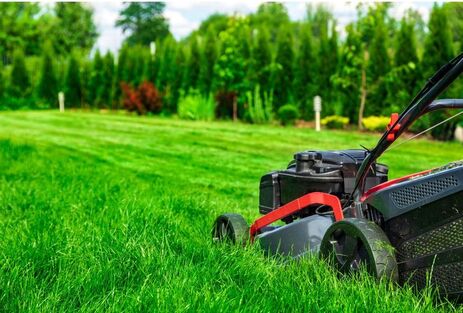
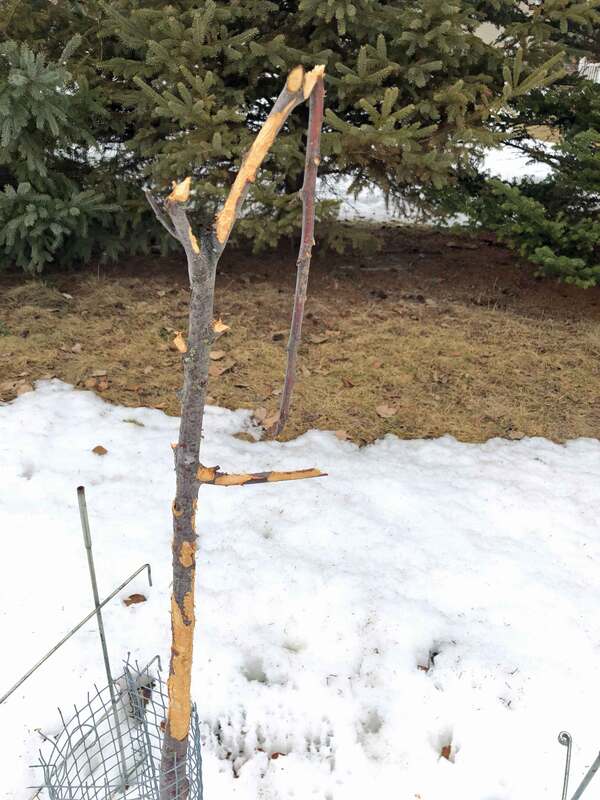
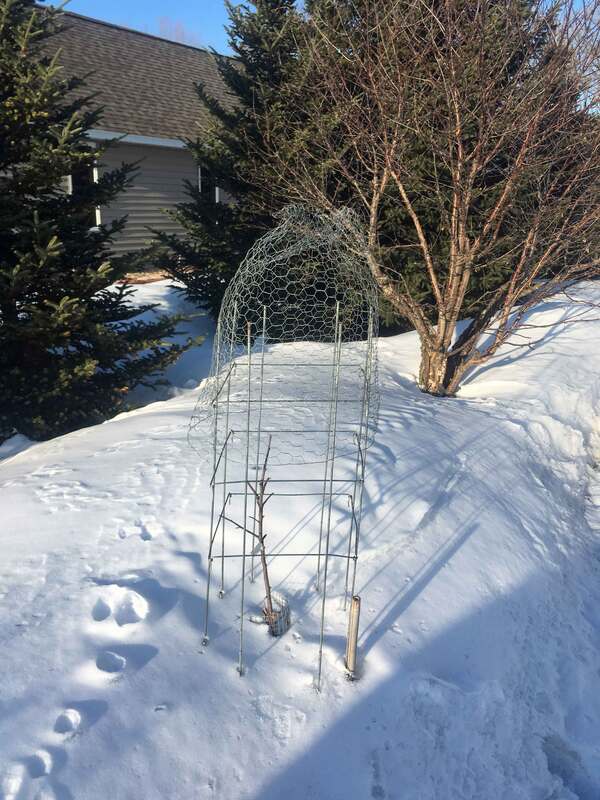
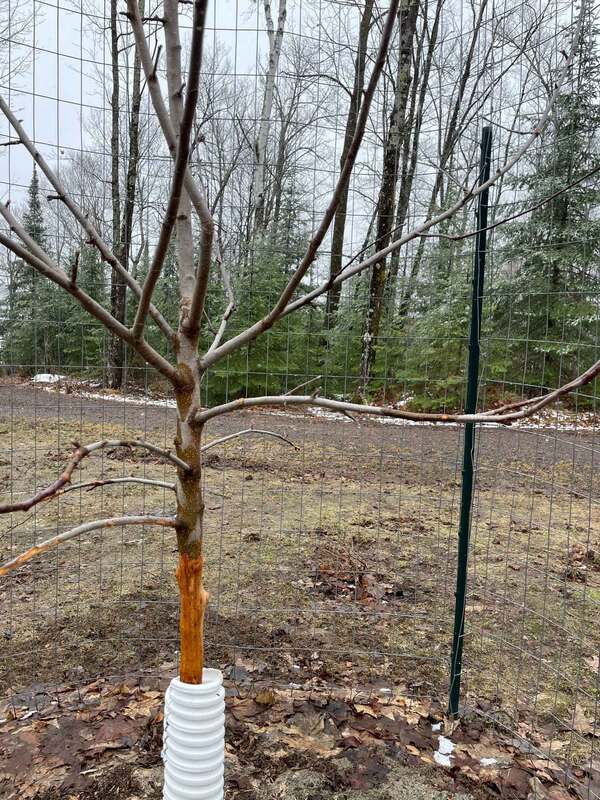
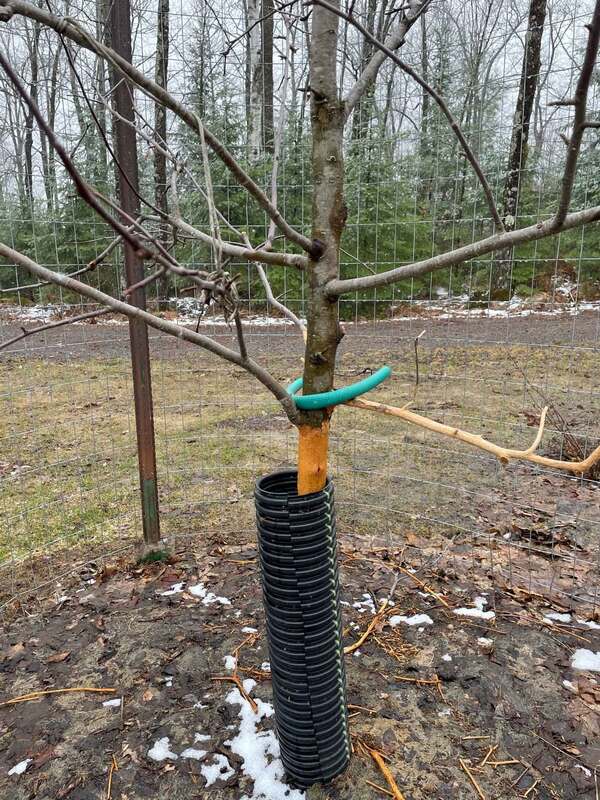
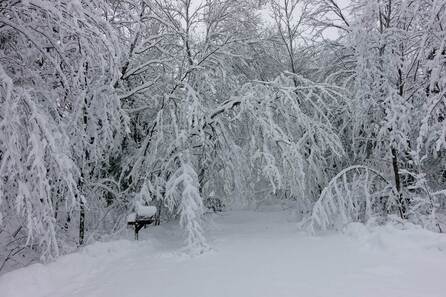
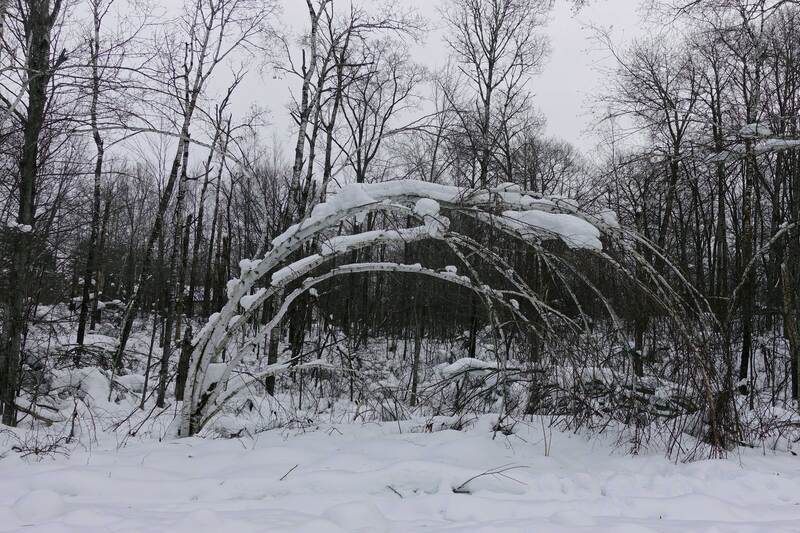
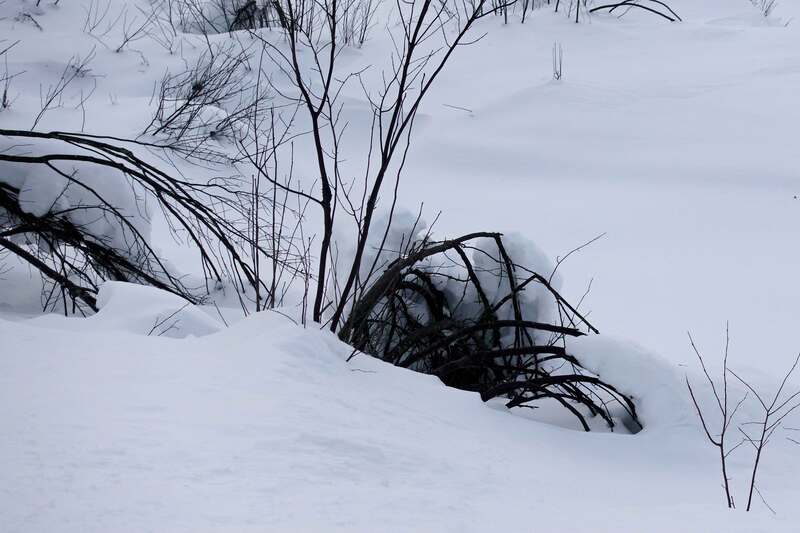
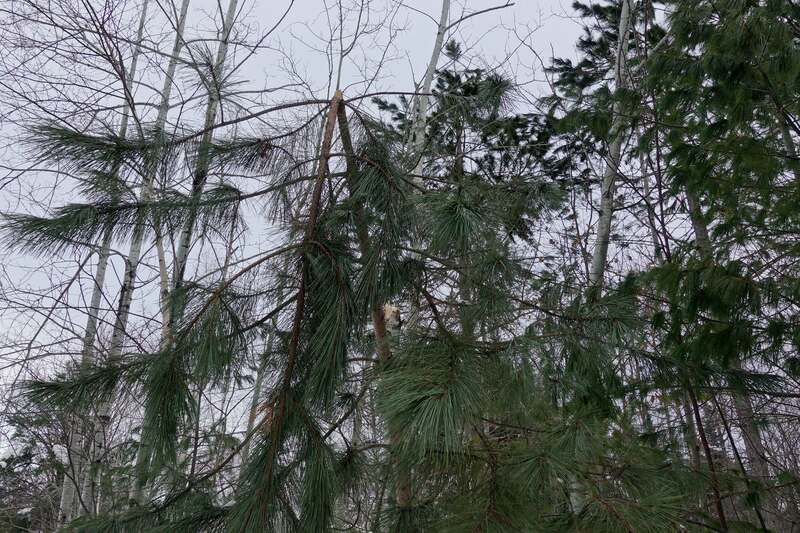
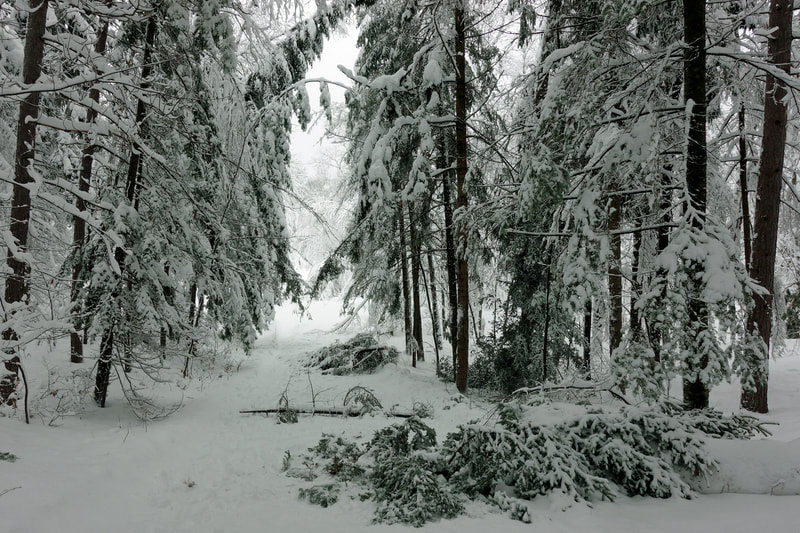
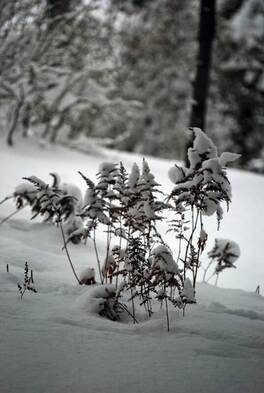
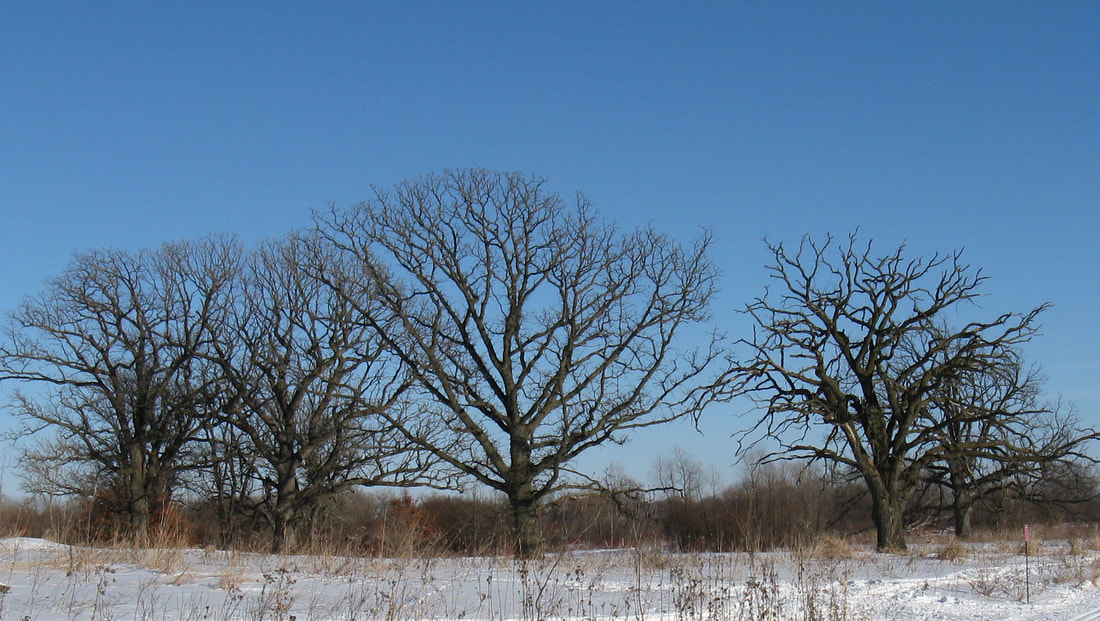
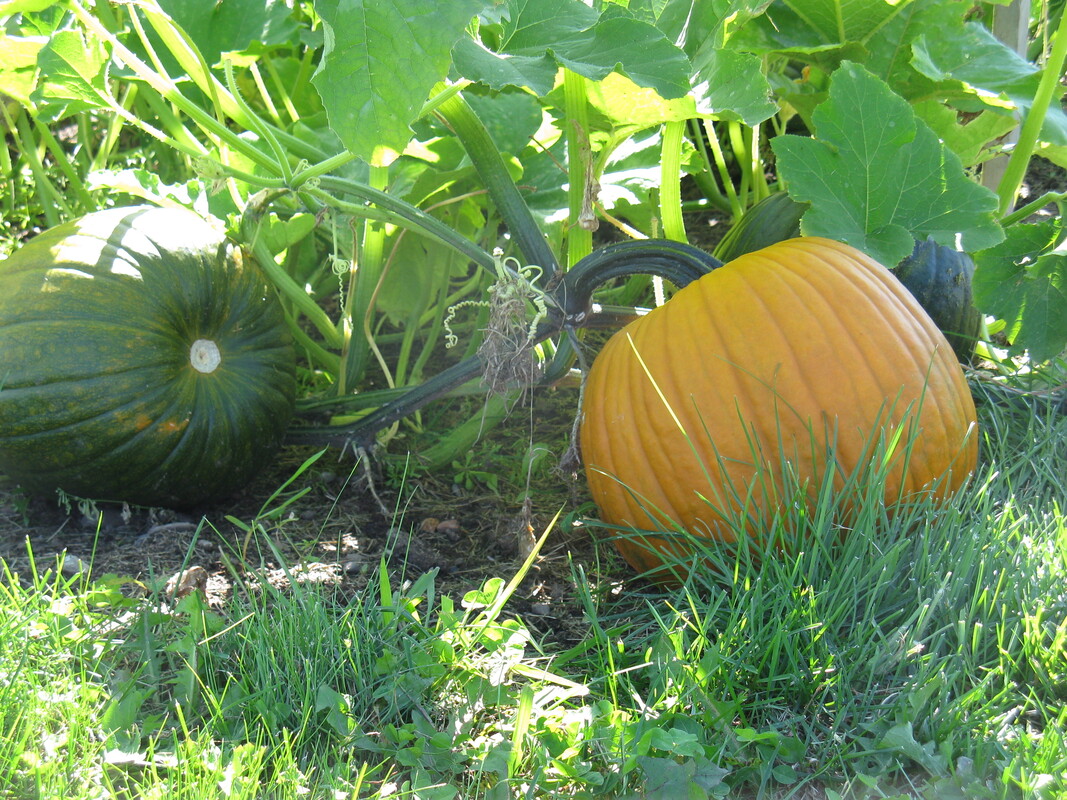
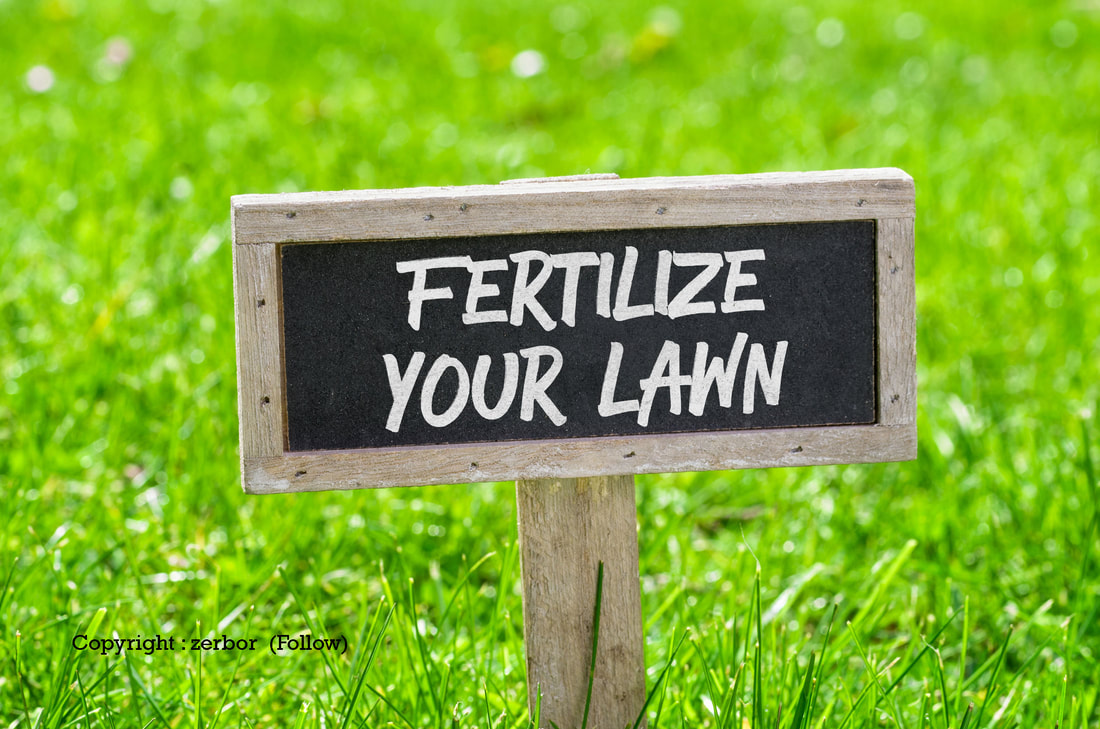
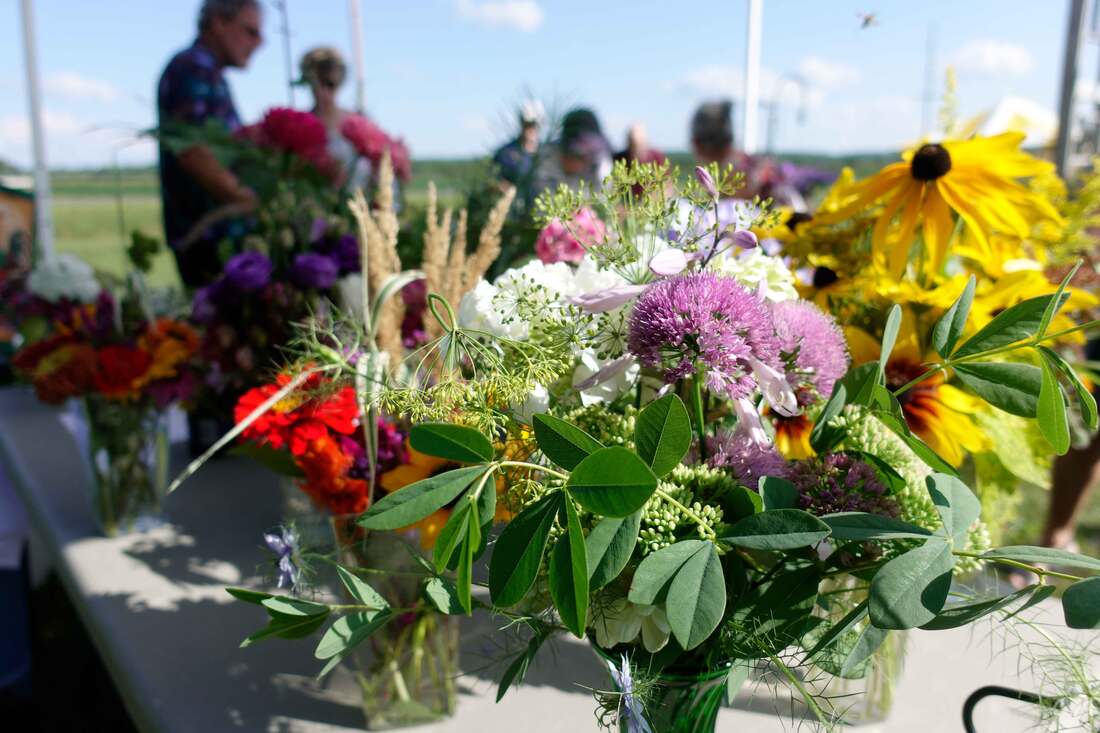
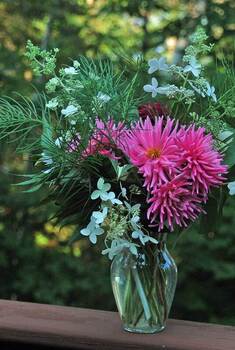
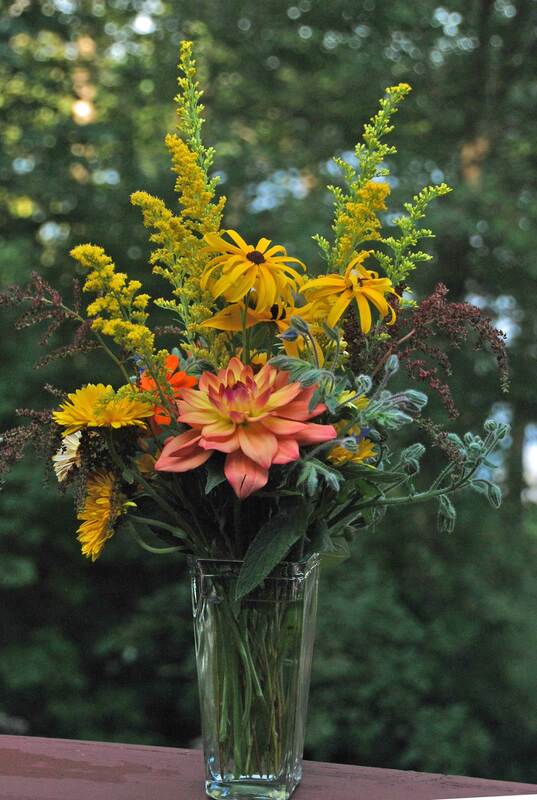
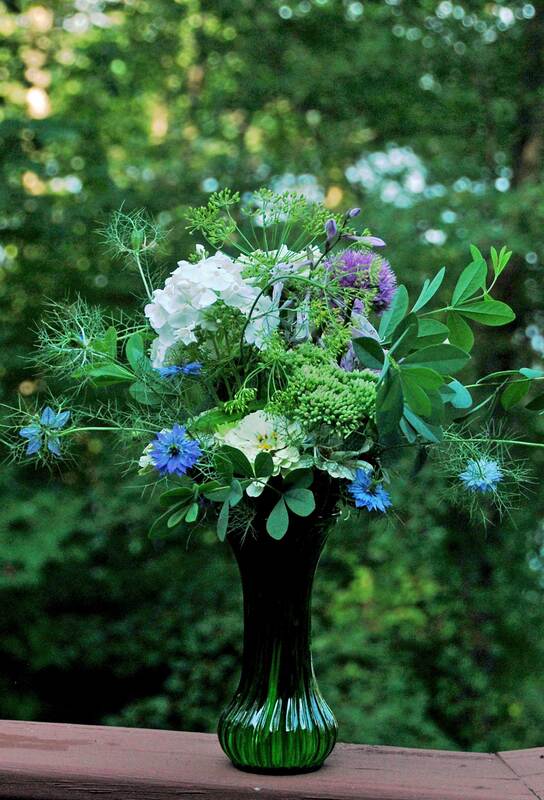
 RSS Feed
RSS Feed